- Quick and easy service
Car Rental Salzburg
Search, compare & book!
- Free cancellation Up to 48 hours prior to the scheduled pick up time
- Best price guarantee Have you found a better price? Let us know and we will make you a better offer.
- Already 500,000+ bookings More than half a million people preceded you 24000+ pick-up locations Locations around the world
- 24000+ pick-up locations Locations around the world
Car Rental Salzburg
Renting a car in Salzburg is simple with us. We offer the best rates in the market. We offer rental cars worldwide, in over 125 countries and more than 17,000 locations. All inclusive car rental in Salzburg at the best rates - quality service guaranteed!
Car rental offers in Salzburg
Whether you're looking for a small rental car or a station wagon for the entire family, we will always have a suitable vehicle for the lowest price. Below are some examples from our selection in Salzburg.
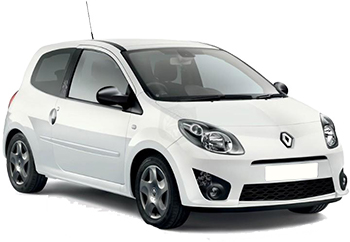
-
Dryyve From€ 13 /day

-
Dryyve From€ 14 /day
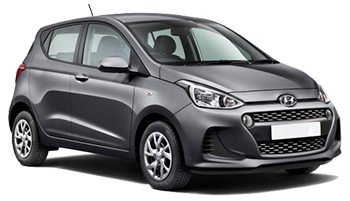
-
U-Save Auto Rental From€ 15 /day
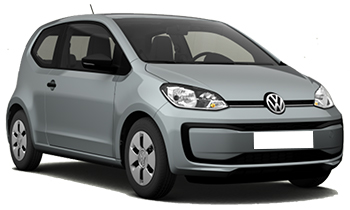
-
U-Save Auto Rental From€ 15 /day -
Buchbinder From€ 18 /day -
Megadrive From€ 24 /day
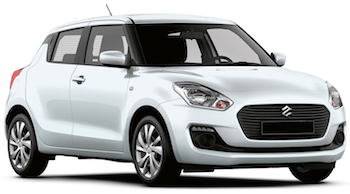
-
Megadrive From€ 24 /day

-
Megadrive From€ 24 /day

-
Megadrive From€ 25 /day -
Buchbinder From€ 26 /day
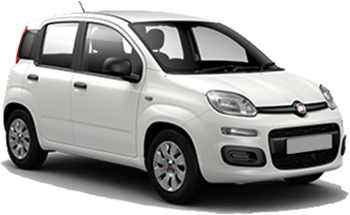
-
Dryyve From€ 26 /day

-
Dryyve From€ 27 /day
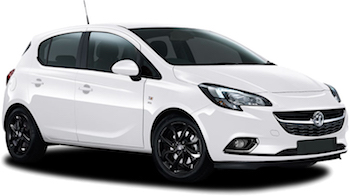
-
Dryyve From€ 12 /day -
U-Save Auto Rental From€ 15 /day -
Alamo From€ 47 /day
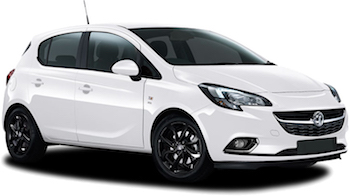
-
Dryyve From€ 14 /day

-
U-Save Auto Rental From€ 15 /day -
Buchbinder From€ 18 /day -
Megadrive From€ 23 /day
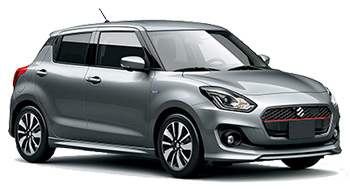
-
Dryyve From€ 16 /day -
Alamo From€ 40 /day -
Enterprise From€ 44 /day

-
Dryyve From€ 16 /day -
Alamo From€ 46 /day -
Enterprise From€ 49 /day
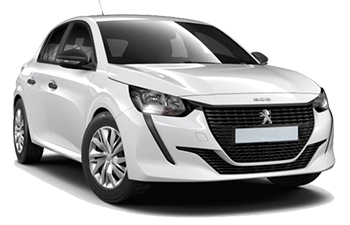
-
U-Save Auto Rental From€ 18 /day -
Avis From€ 39 /day

-
Megadrive From€ 32 /day -
Buchbinder From€ 35 /day -
Flizzr From€ 44 /day
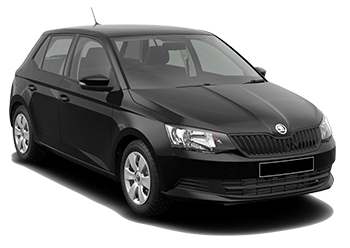
-
U-Save Auto Rental From€ 23 /day
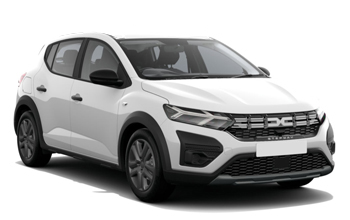
-
U-Save Auto Rental From€ 23 /day
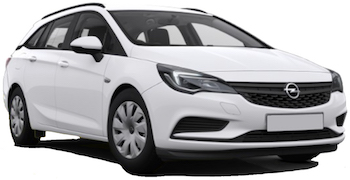
-
U-Save Auto Rental From€ 20 /day -
Dryyve From€ 39 /day -
Alamo From€ 48 /day
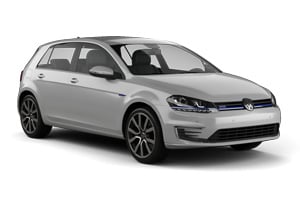
-
U-Save Auto Rental From€ 22 /day -
Megadrive From€ 31 /day -
Buchbinder From€ 34 /day
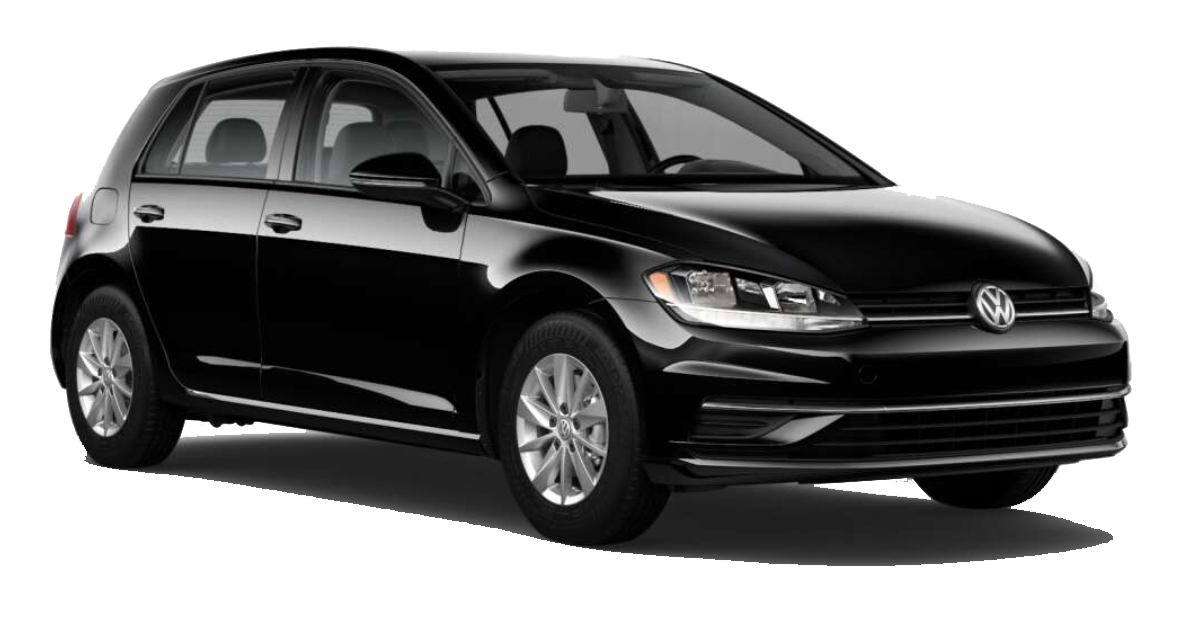
-
Megadrive From€ 39 /day -
Buchbinder From€ 47 /day

-
U-Save Auto Rental From€ 23 /day
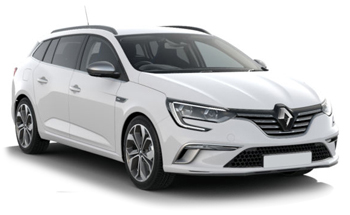
-
U-Save Auto Rental From€ 24 /day

-
Megadrive From€ 41 /day -
Europcar From€ 44 /day

-
U-Save Auto Rental From€ 24 /day -
Europcar From€ 42 /day
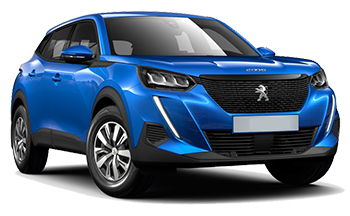
-
U-Save Auto Rental From€ 29 /day -
Thrifty From€ 41 /day -
Hertz From€ 46 /day
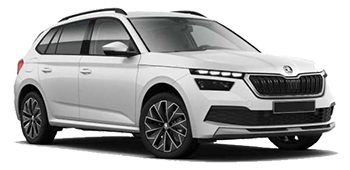
-
Europcar From€ 41 /day
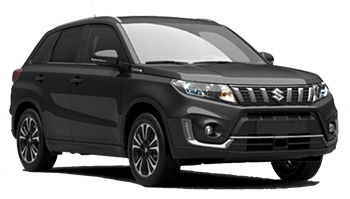
-
Dryyve From€ 15 /day

-
Dryyve From€ 17 /day
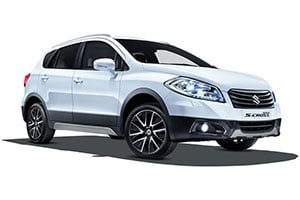
-
Dryyve From€ 17 /day -
Alamo From€ 57 /day -
Enterprise From€ 62 /day

-
Dryyve From€ 24 /day -
Alamo From€ 58 /day -
Enterprise From€ 63 /day
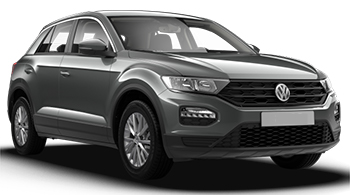
-
U-Save Auto Rental From€ 26 /day -
Sixt From€ 64 /day -
Flizzr From€ 68 /day

-
U-Save Auto Rental From€ 27 /day -
Alamo From€ 55 /day -
Enterprise From€ 60 /day
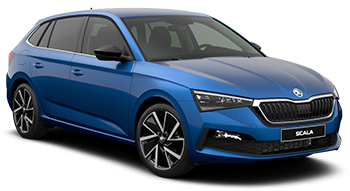
-
Buchbinder From€ 42 /day -
Megadrive From€ 45 /day
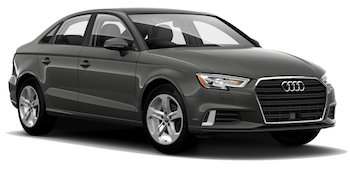
-
Buchbinder From€ 36 /day -
Megadrive From€ 45 /day
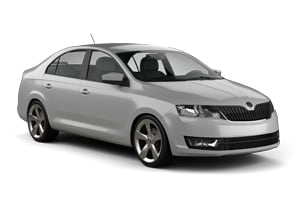
-
Buchbinder From€ 38 /day
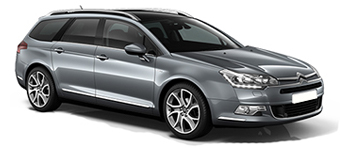
-
Dryyve From€ 17 /day
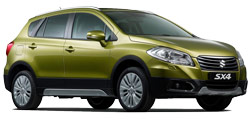
-
Dryyve From€ 21 /day

-
Dryyve From€ 21 /day

-
Dryyve From€ 28 /day
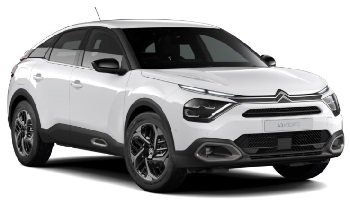
-
Dryyve From€ 40 /day
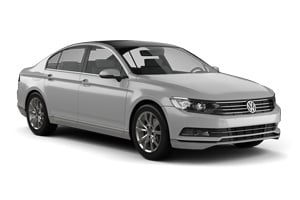
-
Buchbinder From€ 44 /day -
Megadrive From€ 50 /day -
Alamo From€ 72 /day

-
Dryyve From€ 47 /day
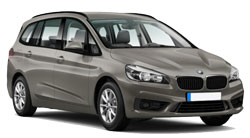
-
Buchbinder From€ 47 /day -
Flizzr From€ 82 /day -
Sixt From€ 86 /day

-
Buchbinder From€ 50 /day -
Flizzr From€ 79 /day
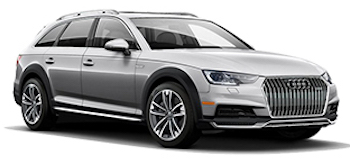
-
Megadrive From€ 56 /day -
Buchbinder From€ 63 /day -
Europcar From€ 80 /day

-
Megadrive From€ 56 /day -
Buchbinder From€ 64 /day -
Europcar From€ 83 /day

-
Buchbinder From€ 63 /day

-
Buchbinder From€ 64 /day
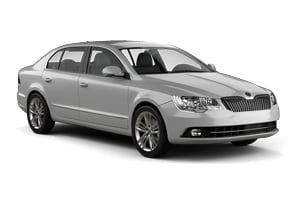
-
Thrifty From€ 70 /day -
Hertz From€ 78 /day
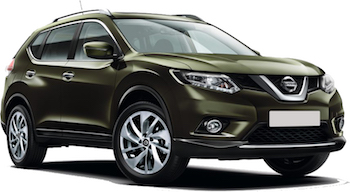
-
Alamo From€ 72 /day -
Enterprise From€ 78 /day
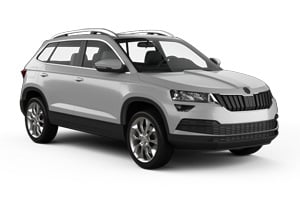
-
Europcar From€ 74 /day -
Avis From€ 175 /day
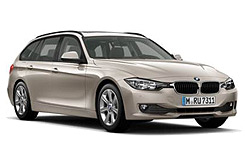
-
Sixt From€ 78 /day -
Flizzr From€ 80 /day -
Avis From€ 90 /day

-
Alamo From€ 79 /day -
Enterprise From€ 85 /day
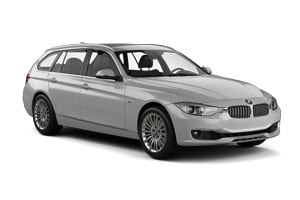
-
Buchbinder From€ 69 /day -
Budget From€ 87 /day -
Avis From€ 91 /day

-
Buchbinder From€ 69 /day -
Budget From€ 88 /day -
Avis From€ 91 /day
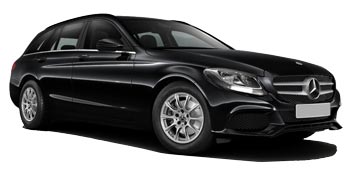
-
Thrifty From€ 74 /day -
Hertz From€ 82 /day
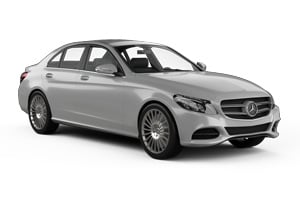
-
Thrifty From€ 76 /day -
Hertz From€ 146 /day
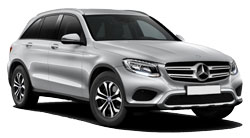
-
Thrifty From€ 88 /day -
Hertz From€ 98 /day

-
Thrifty From€ 90 /day
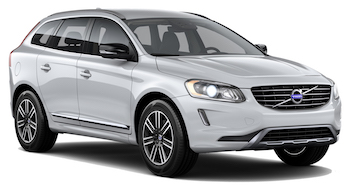
-
Europcar From€ 90 /day -
Thrifty From€ 91 /day -
Hertz From€ 102 /day
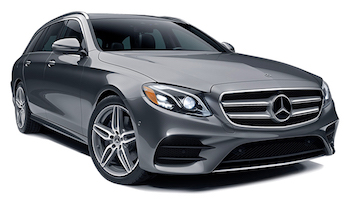
-
Thrifty From€ 91 /day -
Sixt From€ 101 /day -
Hertz From€ 102 /day

-
Europcar From€ 92 /day -
Thrifty From€ 93 /day

-
U-Save Auto Rental From€ 23 /day

-
U-Save Auto Rental From€ 24 /day
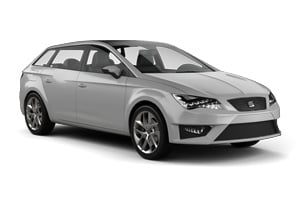
-
Europcar From€ 46 /day -
Budget From€ 66 /day -
Avis From€ 68 /day

-
Dryyve From€ 39 /day -
Alamo From€ 48 /day -
Buchbinder From€ 50 /day
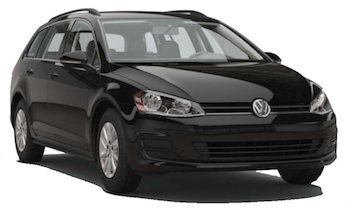
-
Megadrive From€ 43 /day -
Buchbinder From€ 46 /day -
Europcar From€ 74 /day

-
Megadrive From€ 50 /day -
Buchbinder From€ 53 /day

-
Europcar From€ 45 /day -
Budget From€ 66 /day -
Avis From€ 68 /day

-
Megadrive From€ 51 /day -
Buchbinder From€ 57 /day -
Europcar From€ 81 /day
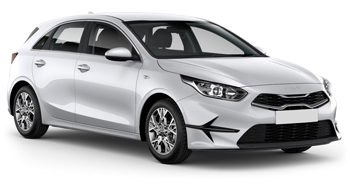
-
Alamo From€ 48 /day -
Dryyve From€ 49 /day -
Enterprise From€ 53 /day
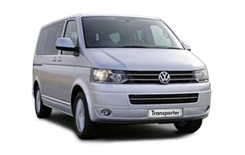
-
Europcar From€ 91 /day
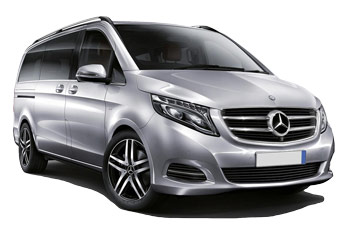
-
Buchbinder From€ 85 /day -
Flizzr From€ 119 /day -
Budget From€ 124 /day
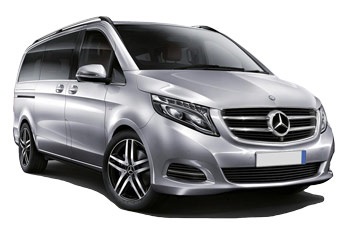
-
Europcar From€ 95 /day -
Thrifty From€ 149 /day -
Hertz From€ 164 /day

-
Europcar From€ 99 /day

-
Sixt From€ 100 /day -
Flizzr From€ 104 /day -
Enterprise From€ 137 /day
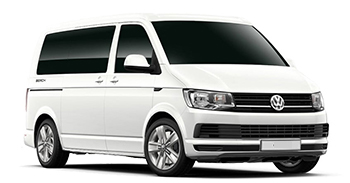
-
Europcar From€ 100 /day

-
Europcar From€ 100 /day

-
Buchbinder From€ 101 /day -
Sixt From€ 117 /day -
Flizzr From€ 121 /day

-
Europcar From€ 104 /day -
Thrifty From€ 155 /day
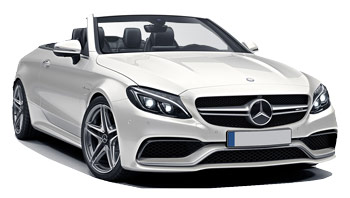
-
Thrifty From€ 141 /day -
Hertz From€ 157 /day

-
Dryyve From€ 15 /day -
Enterprise From€ 57 /day

-
Dryyve From€ 17 /day -
Alamo From€ 57 /day -
Enterprise From€ 62 /day

-
Dryyve From€ 22 /day -
Enterprise From€ 59 /day

-
Dryyve From€ 24 /day -
Alamo From€ 58 /day -
Enterprise From€ 63 /day

-
U-Save Auto Rental From€ 24 /day -
Europcar From€ 48 /day

-
U-Save Auto Rental From€ 27 /day
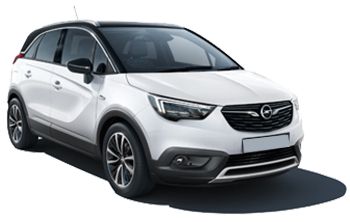
-
Dryyve From€ 43 /day -
Budget From€ 49 /day -
Enterprise From€ 131 /day

-
Dryyve From€ 38 /day -
Budget From€ 49 /day -
Alamo From€ 65 /day
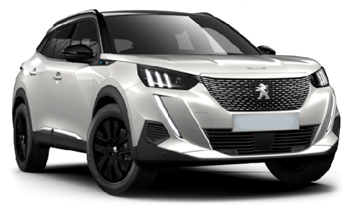
-
Thrifty From€ 41 /day -
Hertz From€ 46 /day

-
Thrifty From€ 41 /day -
Hertz From€ 46 /day -
Europcar From€ 64 /day
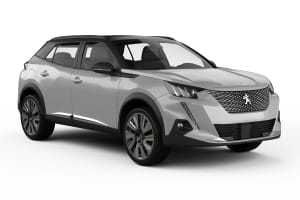
-
Budget From€ 42 /day -
Thrifty From€ 48 /day -
Avis From€ 50 /day

-
Europcar From€ 45 /day

-
Europcar From€ 44 /day

-
Budget From€ 45 /day -
Avis From€ 53 /day -
Thrifty From€ 64 /day

-
Europcar From€ 49 /day

-
Thrifty From€ 56 /day

-
Avis From€ 50 /day

-
Thrifty From€ 51 /day -
Hertz From€ 63 /day
Car rental companies in Salzburg
Below are the car rental companies in Salzburg with the best ratings. Compare all ratings and prices of these rental companies in one search.
-
Avis
From€ 39 / day -
Europcar
From€ 32 / day -
Megadrive
From€ 23 / day -
Buchbinder
From€ 18 / day -
Thrifty
From€ 41 / day -
Alamo
From€ 40 / day

When is the best time to book a rental car in Salzburg?
Car rental companies in and around Salzburg
Information about Salzburg
Salzburg is a relatively small city (150,000 inhabitants) but it has a spectacular setting. High Alpine peaks rise south of the city while it borders the hills of Upper Austria to the north. The Salzach River runs along the dividing line and this is where Salzburg was built. The city has a beautiful historic center with many buildings in Baroque style. In 1997, the entire center was listed as a UNESCO World Heritage Site. But the city is far from being a 'dead' public museum. There's life in all those historic buildings. Take for example the Stiftskeller St Peter, a restaurant that has been in existence for 1200 years!
Salzburg is mainly known for being the birthplace of composer Wolfgang Amadeus Mozart. The movie The Sound of Music was also shot here. Music plays a major role in this cultural city. Mozart's birthplace is located on the Getreidegasse, a long but narrow street and the main shopping street in Salzburg. In Mozart's birthplace you can for example see the violin on which the composer learned to play as a child and a hammer keyboard, which he used during all his concerts the last ten years of his life. When Mozart was 17 years old, the family moved to a larger house at the foot of the Kapuzinerberg. This house also serves as a museum with eighteenth- and nineteenth-century instruments and an archive of Mozart's work.
Mozart was baptized at the Salzburg Cathedral on the Domplatz, in the city center. The cathedral is a wonderful example of Early Baroque style. It was built in 1611 but the crypt of the previous Romanesque basilica on this spot was preserved. The dome of the cathedral was destroyed in a bombardment during World War II. Restoration of the dome was only completed in 1959.
High above Salzburg lies the Hohensalzburg Fortress, a medieval castle that served as a place of refuge for the Archbishop. It has an impressive interior with beautiful woodcarvings and coats of arms. Apart from the grandeur in the Great Hall and the Golden Hall, it also contains a torture chamber. A funicular railway (Festungsbahn) runs to the top of the hill. At the foot of the hill lies the Benedictine Nonnberg Abbey, where Maria Augusta von Trapp taught right after World War I. The name doesn't sound familiar? Her life was the inspiration for The Sound of Music!
When the Archbishop did not feel threatened, he lived and worked in Die Neue Residenz. Archbishops lived a life of luxury, which is shown by the richly decorated and luxuriously furnished halls of this episcopal palace. Since 2006 it houses the Salzburg Museum, dedicated to the city's history and the important role music played in it. The Residenz is connected with the Franziskanerkirche, one of Salzburg's oldest buildings. This Romanesque church dates back to the thirteenth century. The side chapels were added in the seventeenth century and the main entrance in Baroque style at the beginning of the eighteenth century.
The Residenz was commissioned by Prince-Archbishop Wolf Dietrich von Raitenau who indisputably left his mark on Salzburg. In 1606 he also had the Schloss Mirabel built as a home for his children. And his mistress ... The palace is especially famous for the beautifully landscaped gardens with Baroque statues.
St Peter's Abbey and Church was probably founded by the Franciscan monk Rupert who arrived in Salzburg around 700. Apart from the floor in the western tower, almost nothing remains of the old church. The present church dates back to the thirteenth century, but over time elements have been added or changed. The present complex is therefore a mixture of different styles: Romanesque, Baroque and Rococo.
In and around Salzburg
Every summer for five weeks long during the Salzburg Festspiele, the city is full of classical music, opera and (street) theater. This was, however, still not enough for the city, and therefore the Salzburger Osterfestspiele were added in the 1960s. During this Easter week festival, concerts are being performed by for example the Berlin Philharmonic Orchestra.
About 40 kilometers south of Salzburg lies the largest ice cave in the world. The Eisriesenwelt cave in the Hochkogelberg covers over forty square kilometers. You can reach the cave by taking a (steep) cable car.
Approximately five kilometers outside the city you will find the Baroque Schloss Hellbrunn. The gardens are the main attraction with for example trick fountains (suddenly spurting fountains) and other water games, like a water-operated, music-playing theater. You may recognize the pavilion in the garden from the movie The Sound of Music.
Parking
The Salzburg City Council discourages car traffic in the city center and street parking. The city therefore has a comprehensive electronic information system, which guides you to available spaces in parking garages. The system already starts on the freeway near Salzburg.
Airport
Salzburg Airport is named after the city's most famous citizen, Wolfgang Amadeus Mozart. The airport is located a bit over three kilometers southwest of Salzburg and you can easily reach it by rental car. The Wiener Strasse runs from the city center to the airport. Freeway A1 (West Autobahn) also runs along the airport.